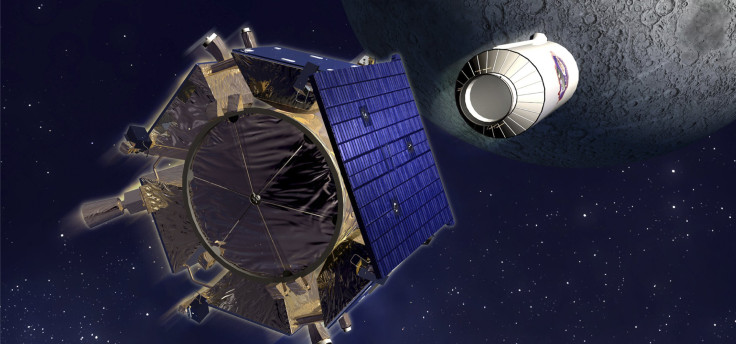Lunar Mission One: UK Researchers To Explore Moon’s South Pole

A group of UK-based scientists has set out detailed scientific goals of a proposed mission to the moon to study the natural satellite’s South Pole. The mission, which was announced last month, is raising initial funds through a global crowdfunding program.
Dubbed as “Lunar Mission One,” it hopes to uncover the mysteries of the moon’s geology and help scientists determine if it is suitable for humans to set up a base on its surface in the future. Lunar Mission One will land on the moon’s South Pole within the next 10 years and drill as deep as 328 feet below the surface, which is claimed to be the deepest drill to be undertaken so far. According to scientists, observations on the moon will allow researchers to access and analyze, for the first time, lunar rock dating back 4.5 billion years.
“Until recently the European Space Agency had plans for a lunar lander (which has since been scrapped) and the science case for Lunar Mission One is quite similar,” Ian Crawford, one of Lunar Mission One's principle scientific advisers, told BBC News. “In addition, we propose to have a drill so there will be new science too.”
The new mission will be the first of its kind to survey the moon’s South Pole, a region that is the site of the deepest known -- 7.5 miles -- impact crater in the solar system. The lunar rock samples obtained so far, by Apollo 17 astronauts Gene Cernan and Harrison Schmitt in 1972, are from only 10 feet below the moon’s surface, BBC News reported.
The mission’s supporters are expected to raise most of the 500 million pounds ($778.2 million) required for the project from public donations. Donors will be able to send messages, pictures and even hair samples to be buried under the moon’s surface. In addition, supporters of the mission who have funded the project through crowdfunding platform Kickstarter will also have access to a range of information related to the project.
The remainder of the funds required for the project will be met primarily through the public sector and commercial backers.
© Copyright IBTimes 2025. All rights reserved.






















